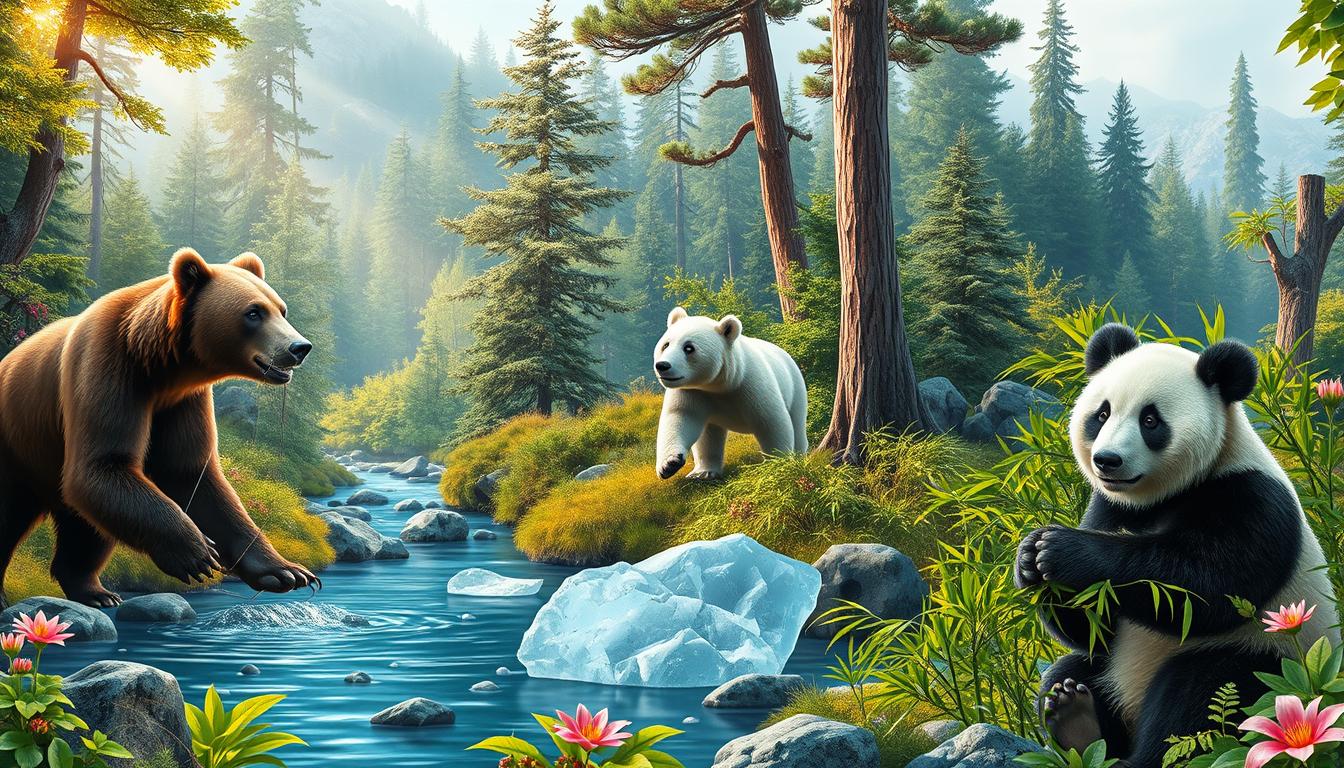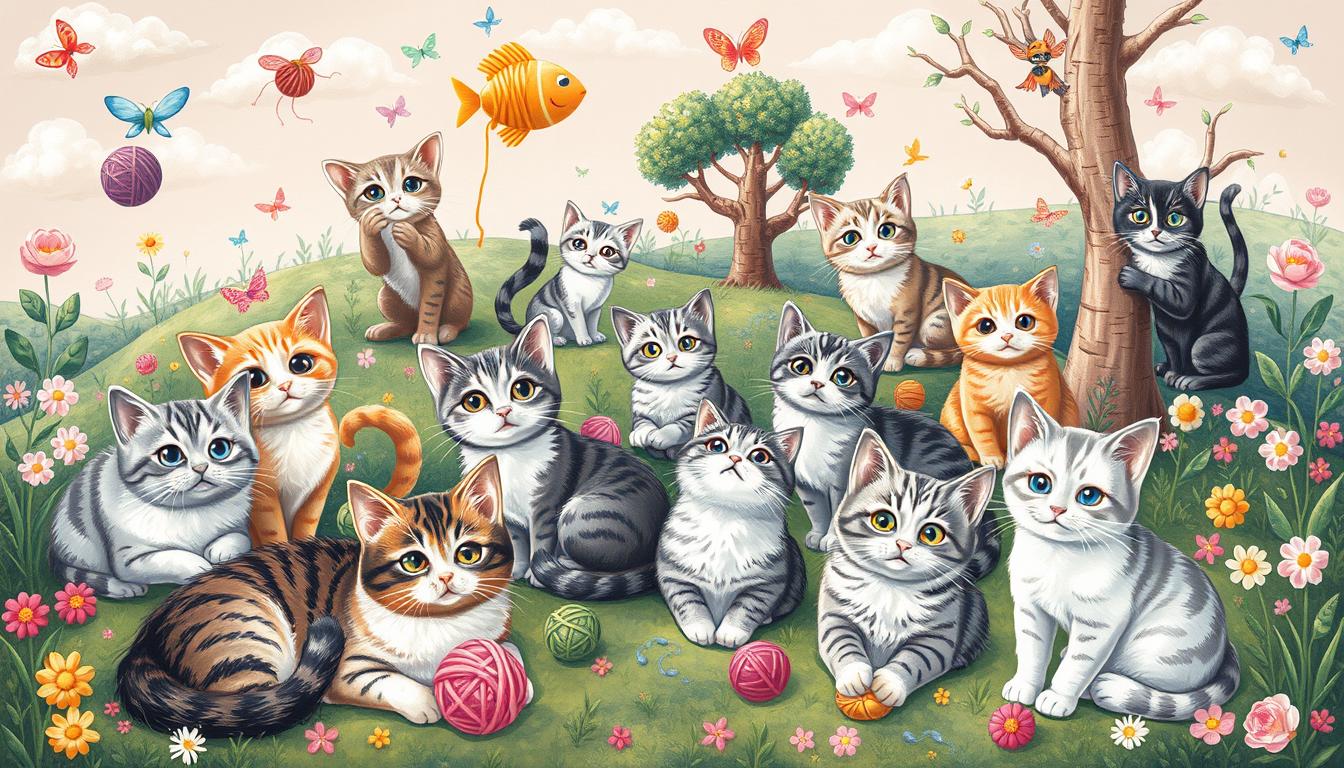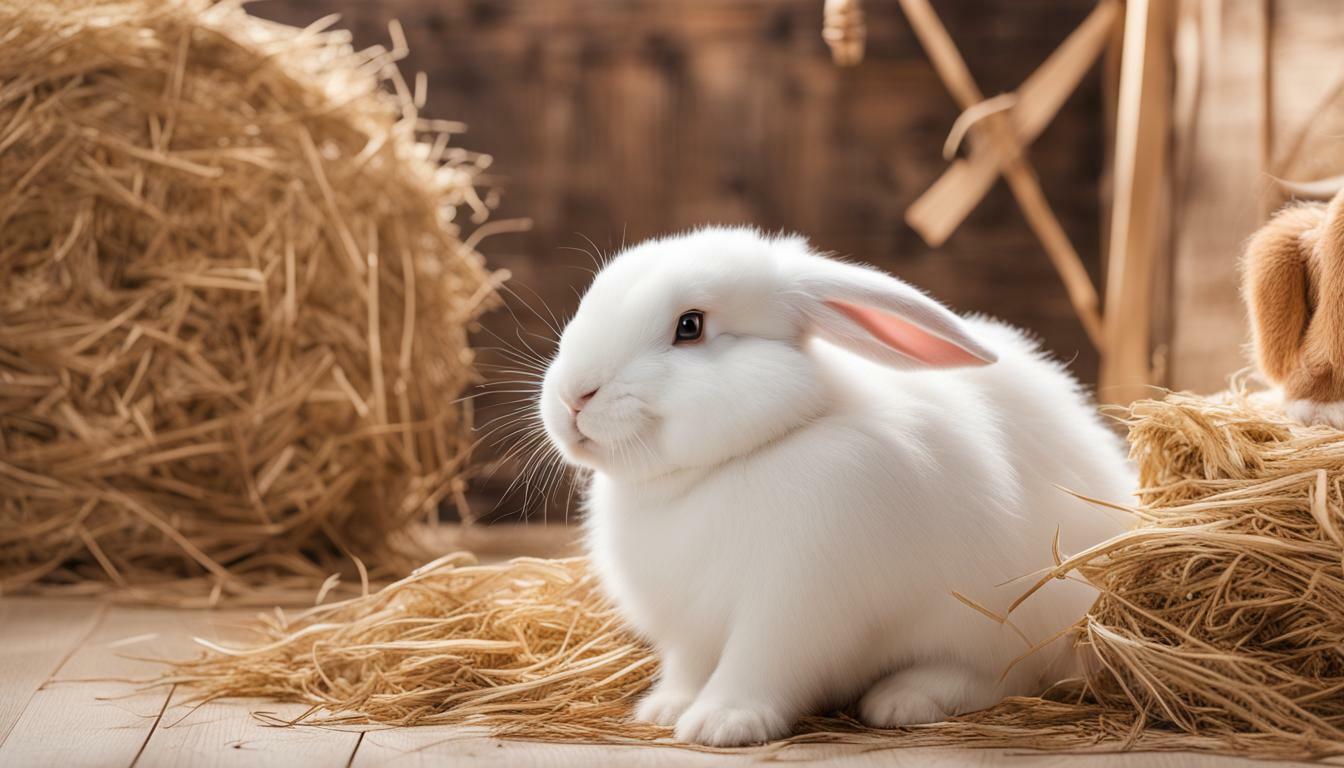Fun Facts About Bears: Amazing Animal Discoveries

Table of content:
Bears have been on Earth for millions of years. Their fossils are from 3.5 million years ago. These amazing animals have traits that fascinate scientists and nature lovers.
Bears have big brains for their size. They can count and tell big from small dots, like primates. They also make many sounds to talk to each other.
Bears have great senses, especially smell. They can find food and important signs from far away. This helps them live in many places, like Alaska and Canada.
Exploring bears’ world is full of surprises. Their smart actions, cleverness, and strength make them special in the animal world.
Understanding Bear Intelligence and Behavior
Bears are amazing creatures with smart minds. They can solve problems in clever ways. For example, American black bears can count dots like monkeys do.
But bears are smart in many ways. Wild brown bears use rocks to scratch hard spots. They also make different sounds to talk to each other. A happy bear might show a big grin to play.
Bears learn and act differently because they are all unique. They live in groups and show love and care for their young. This is like how humans parent. Their smart ways amaze us all.
Learning about bears shows us their complex world. Bear encounters teach us about their smart minds and social lives. This helps us appreciate and respect these incredible animals more.
Fun Facts About Bears: From Physical Features to Survival Skills
Bears are amazing animals with different shapes, sizes, and colors. They range from the huge polar bear to the tiny sun bear. Each bear has special features and skills to live well in their homes.
Did you know polar bears are really marine mammals? They need sea ice to hunt and live. Their skin is black, and their fur looks white because it’s clear. These big bears can weigh up to 800 kg and be 3 meters long.
Polar bears can smell their food, like seals, from 32 km away. Even though they’re big and strong, they only find food less than 2% of the time. They hunt for half their lives.
- Grizzly bears can weigh over 1,000 pounds and reach a length of 8 feet.
- Black bears can vary in size from 200 to 600 pounds and have fur that ranges from black to brown, cinnamon, and blonde.
- Sun bears, the smallest bear species, weigh between 60 to 145 pounds and stand about 4 feet tall on their hind legs.
Bears are great at surviving, like hibernating for a long time. Grizzly and black bears can stay without eating, drinking, or going to the bathroom for up to 100 days. This helps them save energy and get through tough times.
Bears amaze us with their looks and survival tricks. By learning about them, we can see the beauty of nature better.
Mother Bears and Their Cubs: A Special Bond
The bond between mother bears and their cubs is truly remarkable. Female bears, whether they are black bears, brown bears, or polar bears, are fiercely protective of their young. They will fight to the death to keep their cubs safe. This shows how smart and emotional these animals are.
Learning and Development
Bear cubs learn important survival skills from their mothers. They learn how to find food, climb trees, and move around. This learning is key, as the first years of a bear’s life are very risky.
Only about 50% of cubs make it past their first year. The mother’s care can be the difference between life and death for them.
Social Learning Patterns
Play is also important for bear cub development. More play means higher chances of survival into adulthood. Black bear cubs, for example, learn their mother’s foraging ways.
This shows how vital social learning is in bear populations. Cubs learn from their mothers’ experiences and behaviors.
The bond between mother bears and their cubs is amazing. It shows the intelligence and strength of these animals. From the mother’s fierce protection to the cubs’ learning, this relationship is a natural wonder.
Remarkable Adaptations and Survival Stories
Bears are very good at adapting to different places. Blind bears can move around and find food even without sight. They use their sense of touch and smell.
Amputee bears can still climb, even without claws. This shows how flexible bears can be.
Brown bears change how they act when they’re hunted. They try to stay alive by changing their ways. The mix of brown and polar bears, called “grolar” or “pizzly” bears, shows how bears can adjust to new situations.
Polar bears live in the cold Arctic. Most of them live in Canada. They can travel far and have big areas to roam.
Polar bear cubs grow fast. They start small but get big quickly. This is thanks to their mother’s milk, which is very fatty.
These stories show how amazing bears are. They can adapt and survive in many ways. We must protect their homes to help them keep thriving.
- Polar bears can eat over 45 kilograms (100 pounds) of blubber in one sitting.
- Eighty-six percent of the carbon in a polar bear’s body is derived from marine algae within sea ice.
- Polar bears rely on the entire food web in the Arctic to stay alive.
Conclusion
The world of bears is truly fascinating. It has many species, smart animals, and plays a key role in nature. From the big polar bears to the cute giant pandas, they amaze us and make us want to help them.
Bears face many dangers like climate change and losing their homes. The global polar bear population has 19 groups, each with its own situation. We must help these smart animals survive for the future.
Learning about bears helps us live better with them. This knowledge makes us better helpers for fun facts about bears, bear species, and bear conservation. Together, we can make sure these amazing animals keep inspiring us.
Welcome. I’m Adreena Shanum, the proud owner of this website, and I am incredibly passionate about animals, especially poultry. I founded adreenapets.com as a labor of love, stemming from my desire to share my knowledge and experiences with poultry enthusiasts worldwide.




